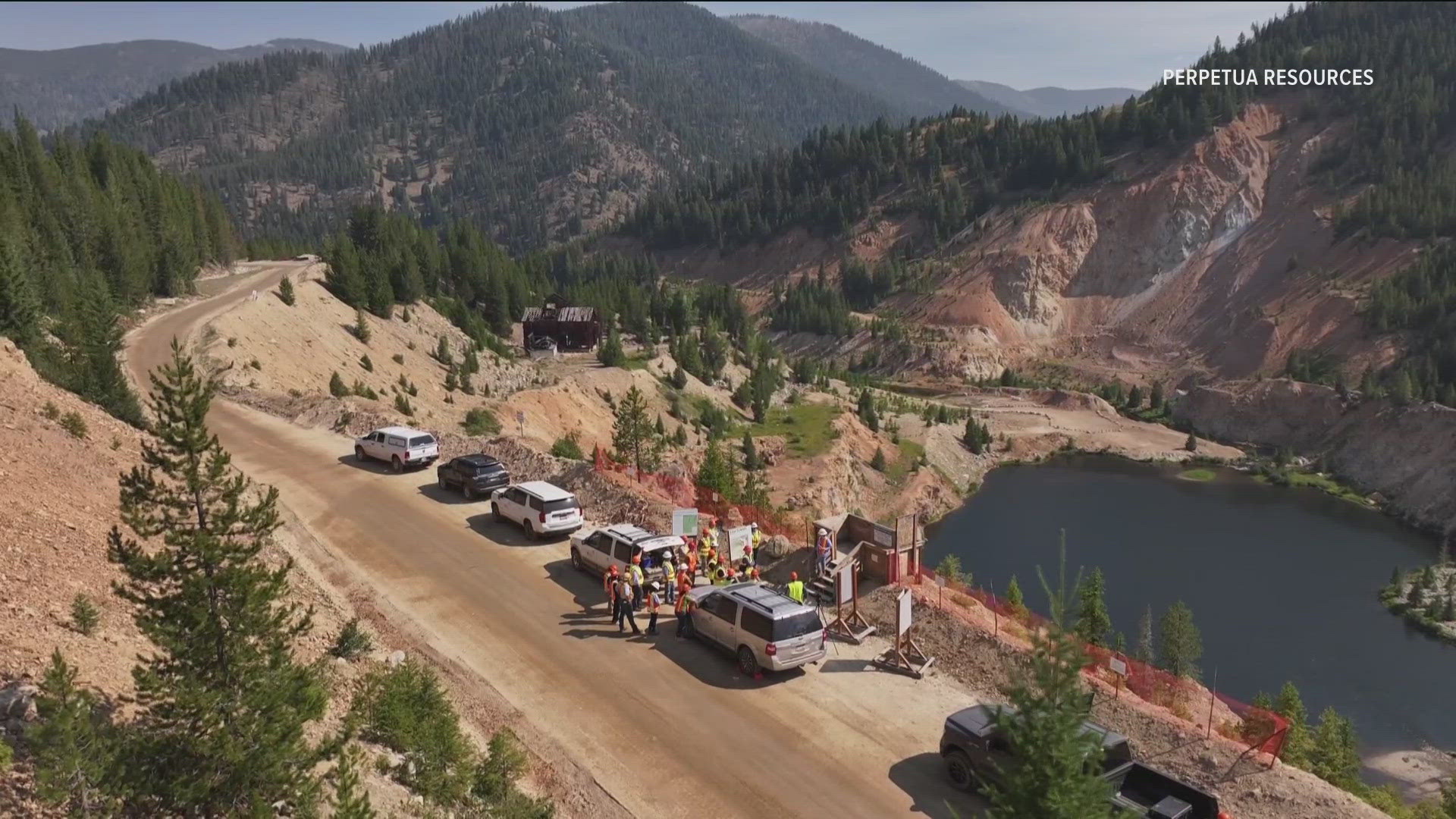BILLINGS, Mont. — U.S. government scientists found high levels of pollution that can be toxic to fish, aquatic insects and the birds that feed on them in a river that flows into Montana and Idaho from a coal mining region of Canada, officials said Monday.
Elevated levels of selenium were found in fish and fish eggs from the Kootenai River downstream of Lake Koocanusa.
The lake straddles the Canada border in northwestern Montana and southern British Columbia, and feeds into the Kootenai before the water flows downstream to Idaho.
Selenium is a naturally occurring mineral that can be released into rivers and streams during surface mining. It was absent from water samples taken from tributaries of the Kootenai downstream of the lake, indicating it's coming from mining-related sources upstream, Environmental Protection Agency hydrologist Jason Gildea said.
No human health impacts were expected from the levels detected in the Kootenai.
High levels of selenium can kill animals and cause them reproductive problems. Animals that lay eggs are most at risk because the pollution accumulates in eggs.
Kent Karemaker, a spokesman for British Columbia's mining agency, said he had not seen the pollution study and could not immediately offer a response. Regulators from the province participate in a cross-border monitoring group with their counterparts from Montana.
Concern about pollution from mines in British Columbia has been building for years.
U.S. senators from Alaska, Montana, Idaho and Washington state said in a June letter to British Columbia's leader that Canadian regulators need to do more to prevent mining waste from fouling downstream U.S. waterways.
In July, representatives of towns and tribes in the region said the pollution threatens the livelihoods of those who depend on fishing and other forms of recreation.
Selenium concentrations in water entering Lake Koocanusa have been increasing for decades, but the pollution had not previously been found at high levels in the Kootenai River.
"We weren't expecting to find elevated levels" in the river's fish, Gildea said. "To see this result indicates that something is going on and we're a little concerned about it."
Earlier studies showed the pollution in Lake Koocanusa comes coal mining in the Elk Valley of British Columbia.
The latest findings come from a joint study by researchers from the U.S. Geological Survey, EPA, Kootenai Tribe of Idaho and wildlife agencies in the Montana and Idaho. More than 140 fish were evaluated, and high levels of selenium were found in six mountain whitefish and one redside shiner.
Elevated levels of mercury were found in three fish sampled, but Gildea said that most likely was deposited by air pollution and not mining.
Further studies are needed but whether they happen will depend on funding, said Ayn Schmit, an EPA water policy adviser.



